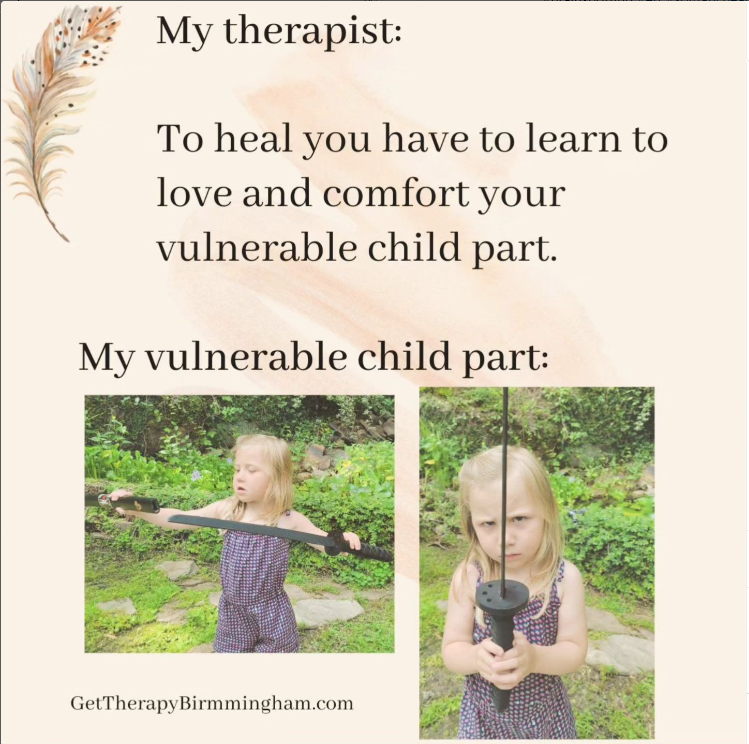No Results Found
The page you requested could not be found. Try refining your search, or use the navigation above to locate the post.

Finding the right resources can be essential for personal growth, healing, and professional development, whether you’re exploring depth psychology, trauma recovery, or therapeutic practices. This section offers curated recommendations for books, articles, online courses, therapy directories, and professional organizations. Whether you are a mental health professional, a student, or someone on a healing journey, these resources can provide guidance, knowledge, and support in navigating your path.
This section features a list of essential books for those interested in depth psychology, trauma treatment, and neuroscience. We provide reviews and recommendations for foundational texts such as Carl Jung’s “The Archetypes and the Collective Unconscious,” Peter Levine’s “Waking the Tiger: Healing Trauma,” and Bessel van der Kolk’s “The Body Keeps the Score.” Whether you’re a student, therapist, or someone seeking personal healing, these books offer valuable insights.
Online education is a powerful tool for personal and professional development. In this section, we highlight top online courses and certification programs in trauma therapy, depth psychology, neuroscience, and related fields. From platforms like Coursera, edX, and The Jung Platform, these courses can help individuals deepen their understanding and improve their therapeutic skills.
Finding the right therapist or support group can make a world of difference. This subsection offers recommendations for therapy directories such as Psychology Today, GoodTherapy, and Therapist Aid, as well as resources for trauma survivors, including organizations like RAINN, NAMI, and SAMHSA. These resources provide access to licensed therapists, trauma-informed care specialists, and peer support networks.
For those in the mental health field, joining professional organizations can provide networking opportunities, access to the latest research, and continuing education resources. This section lists key organizations such as the American Psychological Association (APA), the National Association of Social Workers (NASW), and the International Society for Traumatic Stress Studies (ISTSS), offering membership details and the benefits they provide.
Podcasts and YouTube channels offer an accessible way to learn and stay informed on topics related to psychology, mental health, and self-improvement. Here, we recommend popular podcasts like The Trauma Therapist Podcast, On Being with Krista Tippett, and YouTube channels such as Psych Hub and The School of Life, which provide valuable insights into emotional health, relationships, and existential exploration.
Mental health services can be expensive, but there are many free and low-cost resources available for individuals in need. This section offers recommendations for sliding-scale therapy services, free counseling hotlines, and community-based mental health clinics. Organizations such as Open Path Psychotherapy Collective and BetterHelp’s low-cost plans are featured.
For individuals recovering from trauma, having access to the right resources is critical. This subsection provides recommendations for trauma recovery books, online forums, and trauma-informed support groups. Resources include Trauma Recovery Institute, The Body Keeps the Score’s companion guides, and trauma support forums for survivors of abuse, PTSD, and complex trauma.
Mindfulness and meditation are powerful tools for improving mental health and reducing stress. This section highlights top meditation and mindfulness apps such as Headspace, Calm, and Insight Timer, providing insights into how these apps can help manage anxiety, improve focus, and foster emotional well-being.
Continuing education is essential for therapists and mental health professionals to stay current on research and best practices. This subsection lists recommendations for continuing education platforms like CE4Less, PESI, and Zurinstitute, offering opportunities to earn CE credits in trauma therapy, mindfulness, and cognitive-behavioral techniques.
For professionals and researchers, staying updated on the latest findings in psychology and neuroscience is crucial. In this section, we recommend top academic journals and publications, such as The Journal of Trauma & Dissociation, The American Journal of Psychiatry, and Frontiers in Psychology. These resources provide access to cutting-edge research and peer-reviewed studies in the mental health field.
The page you requested could not be found. Try refining your search, or use the navigation above to locate the post.